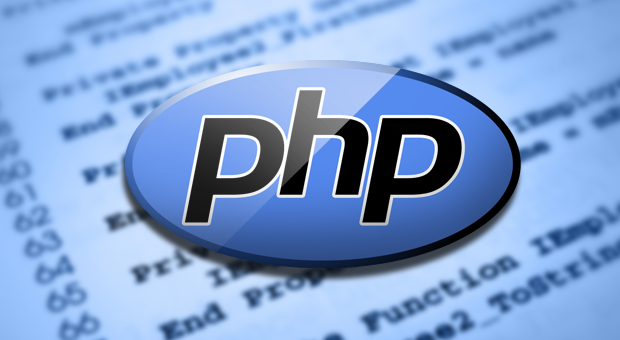The internet strides towards ubiquity, reshaping business, education, healthcare, governance, and our social connections. Online applications enabling this connected living now rely extensively on the vibrant LAMP (Linux, Apache, MySQL, PHP/Python/Perl) technology stack. PHP specifically is the “P” in LAMP that built much of today’s web. Let us explore the continued relevance of server-side scripting using PHP in an age dominated by modern JavaScript frameworks.
The Appeal of PHP
PHP has been the go-to server-side scripting language for over two decades thanks to several key strengths:
1. Approachable and Easy to Learn: With a C-inspired syntax, PHP remains accessible for less experienced developers to start building web logic.
2. Open Source Model: The availability of PHP frameworks, content management systems, and libraries for free supports faster development.
3. Cross-Platform Support: PHP code can run on multiple operating systems like Windows, Linux, and macOS.
4. Scalability: Applications written in PHP can scale to handle higher workloads and traffic when configured properly.
5. Robust Ecosystem: From hosts like Bluehost to CMS platforms like WordPress and Drupal, a thriving support system boosted PHP’s dominance.
These characteristics made PHP the ideal choice for the massive boom in personal, community, small business, and organisational websites that defined the early commercial web.
Staying Relevant in the Modern Web Era
While the fundamentals remain strong, PHP has continued to evolve in capabilities to stay fit for the modern internet – full of web and mobile applications with responsive interfaces, real-time user interactions, and data-driven intelligence.
Significant improvements in PHP 7 and 8 update coding best practices for modularity, security, and performance. Features like typed parameter enforcement, JIT compilation, asynchronous programming, improved error handling, and deprecation of insecure legacy functionalities bring PHP at par with languages like Python and Ruby that threaten its relevance.
However, the most vital advancement comes through PHP frameworks like Laravel, Symfony, and CodeIgniter. These frameworks allow using PHP for rapid, modular development by providing inbuilt tools and code structuring approaches akin to model-view-controller (MVC) patterns seen in .NET and Java ecosystems.
Frontend Friendly PHP
Another common critique has been PHP’s limited frontend capabilities compared to rich user experience offered by modern JavaScript frameworks like React, Angular and Vue.js. This led to many adopters moving entirely to Node.js based technology stacks.
However, PHP platforms can now integrate seamlessly with frontend JavaScript rather than needing a wholesale move away from PHP. JSON based integrations allow clean handoffs between frontend and backend development teams working across tech stacks. Features like PHP compilation to WebAssembly extend these bridging capabilities further.
Driving Innovations on the Web
Renowned products leveraging customized PHP platforms demonstrate its versatility as a server-side scripting language. MediaWiki and WordPress drive Wikipedia and numerous community blogs respectively. Open source e-commerce platform Magento empowers online stores with its PHP foundation. The real-time communication architecture behind Slack likewise runs PHP.
Facebook built the specialized HipHop Virtual Machine (HHVM) by extending the PHP interpretor, improving performance drastically. This allowed handling their enormous growth and complexity efficiently while retaining existing engineering talent well-versed in PHP. Large enterprises thus continue benefitting from PHP’s unique balance of being easy to build with yet robust at scale.
The Future
So while rumors of PHP being outdated in the modern web technology landscape seem exaggerated, what does the future look like?
Frameworks extending PHP’s capabilities seem poised to drive more agile, collaborative development across device targets and teams with varied skills. Laravel and Symfony lead the charge here with elegant abstractions enabling PHP to support enterprise grade applications.WordPress continues bringing PHP to wider audiences through its ease of building content sites.
Improved typing for catching errors early, asynchronous and non-blocking I/O for higher concurrency, cloud deployment options giving high availability – these trends aim to anchor PHP firmly in the contemporary tech stack.
Most importantly, the language retains and builds upon the approachability that is its greatest appeal. With excellent documentation, books, videos and tutorials aplenty, PHP remains easy to adopt even for those with limited formal programming education. This focus on the programming community carries forward the open source ethos pioneered by PHP.
Conclusion
The continued prevalence of LAMP and its dominance in shared hosting plans illustrates the reliance of today’s web infrastructure on Linux and Apache. Through its frameworks, community and capabilities evolution, PHP seems poised to be the essential glue holding this stack together for the foreseeable future. Having powered much of the web’s first era, PHP now steps forward to enable the next generation of immersive, real-time and insightful web experiences setting the digital revolution’s trajectory.Copy textCopy HTMLRefuseTake to work

